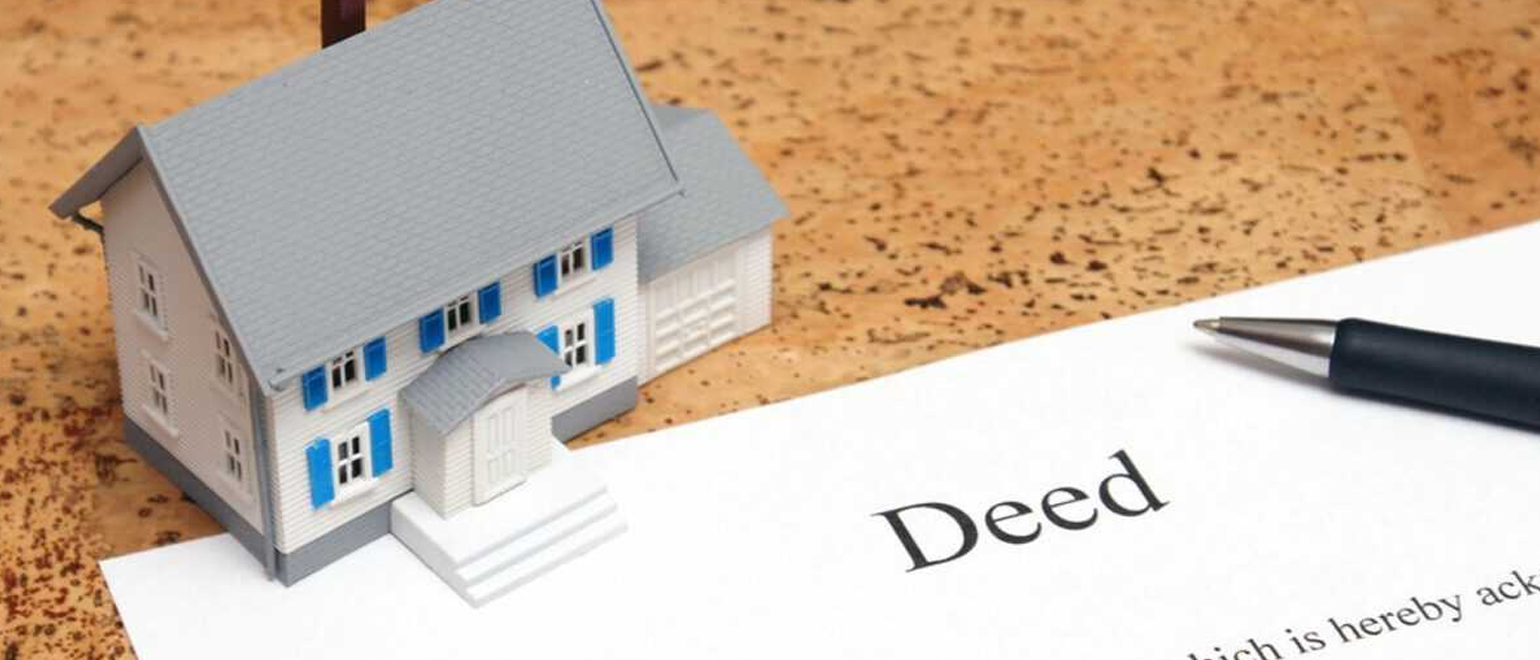
What is a deed in real estate? A deed is an essential legal document used to transfer property ownership between parties. This document serves as concrete evidence of ownership and helps maintain transparency and legitimacy in real estate transactions. Whether you are buying, selling, or investing in property, understanding how deeds function can help you navigate the process more confidently.
In this guide, we will explore what a deed is, its key components, various types, and how it is utilized in real estate transactions.
Parts of a Deed
Deeds are formal documents containing essential elements that establish the transfer of property rights. These include:
- Names of Parties – The deed identifies the grantor (seller) and the grantee (buyer).
- Property Description – A detailed legal description specifying the property’s location, boundaries, and relevant details.
- Consideration – The value or money exchanged for the property.
Types of Deeds
Different types of deeds exist, each providing varying degrees of protection and guarantees.
- Warranty Deed
A warranty deed offers the strongest protection for the buyer, ensuring that the seller has clear ownership and the legal authority to transfer the property. - Quitclaim Deed
A quitclaim deed transfers the grantor’s interest in a property without warranties about the title. These deeds are commonly used for transfers between family members or to correct title issues. - Grant Deed (Special Warranty Deed)
A grant deed ensures that the seller has not placed any liens or encumbrances on the property during their ownership but does not cover any issues prior to their possession.
How a Deed Is Used During a Real Estate Transaction
A deed is vital in a real estate transaction and follows these steps:
- Agreement to Sell – The seller and buyer sign a purchase agreement outlining the sale terms.
- Execution of the Deed – The seller’s representative prepares the deed, and the seller signs it.
- Delivery and Acceptance – The deed must be transferred to and accepted by the buyer.
- Closing Process – The deed is presented during closing, and the buyer pays the agreed-upon price.
- Recording – The deed is recorded at the county clerk’s office to establish public ownership records.
- Title Transfer – The recorded deed ensures a clear title transfer and legal ownership rights.
What’s the Difference Between a Deed and a Title?
While both are related to property ownership, they are distinct:
- A deed is a physical document that transfers ownership.
- A title represents the legal rights and ownership of the property.
Both elements are essential in ensuring a lawful property transaction.
LandLeader: Your Trusted Land Marketing Partner
LandLeader is a premier land marketing platform specializing in connecting buyers and sellers with the best rural and recreational properties. Whether you’re looking to purchase or sell land, LandLeader offers expert marketing solutions and professional real estate services to help you achieve your goals.
A deed is a fundamental legal document in real estate transactions, ensuring the proper transfer of property ownership. Understanding the types of deeds and their role in a transaction can help buyers and sellers navigate the process confidently.
For more real estate insights, stay informed with LandLeader and explore our expert resources on property transactions.